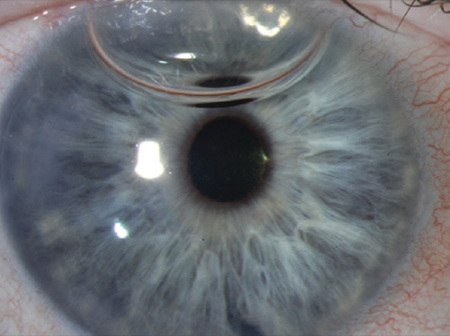
Cornea Transplant/ Endothelial Keratoplasty
Mr. Saldanha has completed a prestigious fellowship at the University of Toronto in Cornea and Refractive Surgery, where he learnt the pioneering technique of Cornea Transplantation, Lamellar Keratoplasty (DMEK) through keyhole access (without any stitches).
Fuchs' Dystrophy
Fuchs' dystrophy affects the cornea, which is the clear window on the front part of the eyewall. Fuchs' dystrophy is an inherited problem with the pump layer of cells which line the inner aspect of the cornea. Failure of this layer causes the cornea to become waterlogged and cloudy.
The typical symptom is the 'morning misting' - patients find that their vision is misty on waking, but clears during the day.
This layer can also fail after routine cataract surgery causing mistiness.
Treatment
Good vision can be restored in patients with Fuchs' dystrophy and other causes of corneal endothelial failure by corneal transplantation.
Since 2000, selective corneal transplantation techniques have been developed, which allow surgeons to replace the damaged endothelial layer with healthy tissue through a small incision in an operation similar to modern cataract surgery.
Mr. Saldanha is the only surgeon in all of Wales to offer such a 'keyhole' cornea transplantation operation (DMEK) under local anaesthetic. It can be repeated if necessary and can quickly improve vision.
Modern cornea transplantation (DMEK) has no stitches and uses a gas bubble to float a thin graft in place.




